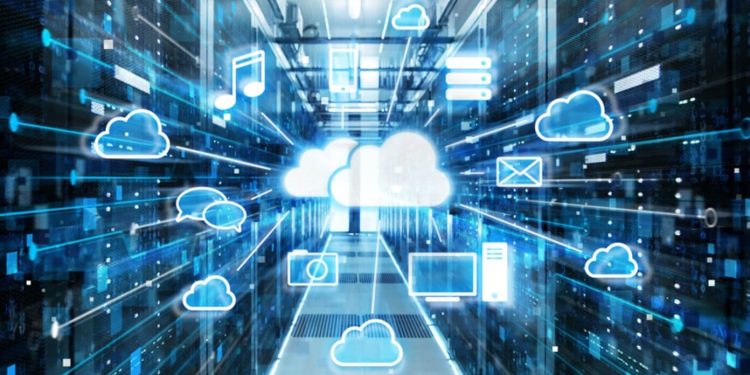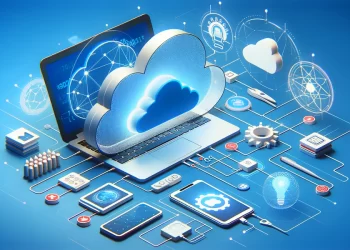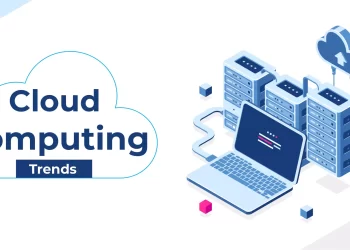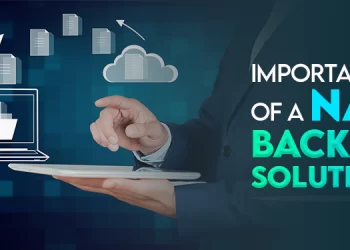In recent years, the buzz around cloud computing and cloud storage has increased. Cloud has accelerated digital transformation. Several companies today are actively using cloud applications to manage their workforce and automate processes.
This is evident from the cloud computing stats:
81% of enterprises surveyed by a company confirmed that they have a multi-cloud strategy already chalked out.
By the end of 2021, 67% of enterprises plan to move their infrastructure to the cloud.
More businesses today have started to trust cloud computing, making way for more productive, efficient, and flexible ways of working.
The results that businesses have started to see with cloud technology speak of the endless benefits of the cloud in the Future.
Below are the top cloud computing trends expected to shape the future of cloud computing in 2021 and beyond.
-
Hybrid/ Multi-Cloud Solutions
In this approach, a combination of the private cloud and third-party public cloud service is used. The purpose of such an approach is to allow workloads to distribute equally between private and public clouds.
Big companies, like Amazon and Microsoft, are already investing heavily in this technology as a product.
The market size of the hybrid cloud model is expected to grow to $97.64 billion in the next two years.
The benefits of this model include:
- Improved security features
- Consistent server reliability
- Better SaaS capabilities
- Customizable capabilities
- Improved performance.
- Flexibility
- Reduced Costs
-
Serverless Cloud Computing
In this approach, backend services are provided on an as-used basis. Developers can write and install code without having to manage, provision, and maintain servers when deploying code. The serverless cloud service provider fully manages it. Serverless computing is a misnomer as physical servers are still used, but developers do not need to be aware of them.
Due to its many advantages, this model’s market size is expected to register a healthy CAGR of over 23.17% between 2021-2026.
The benefits of this model include:
- Easy operational management
- Reduced liability
- No system administration
- Cost-effectiveness
- Enhanced offline experience.
-
Backup and Disaster Recovery
Businesses are prone to several risks, such as – Cybersecurity attacks, system failures, and data outages. These failures not just lead to significant financial losses but also cause loss of critical data files. To be prepared for such risks, several organizations are leveraging backup and disaster recovery using the cloud. It’s a recovery strategy where an external cloud server is used to automatically store and maintain copies of electronic records. This way, if ever security breaches occur or some error happens, lost data can be easily retrieved.
The recent reports suggest that companies are allocating 15% of the cloud budget to Backup and Disaster Recovery.
The benefits of this model include:
- Data is stored on an external server.
- Files can be accessed via the internet.
- Low maintenance cost.
- More cost-effective.
-
AI Cloud
AI cloud is a trend, which is fast picking up. It combines AI with cloud computing. Artificial Intelligence delivers increased value to cloud computing, as a result of which companies are now looking into incorporating this technology to extract valuable insights from big data to improve their business functioning.
There are several advantages of AI cloud:
- Organizations can automate and manage their processes intelligently.
- They can quickly scale and adapt to the changing needs of the evolving marketplace.
- They can enjoy increased efficiency and smoother organization workflows.
The growing importance of this technology can be estimated from the statistics that reveal 86% of CEOs consider AI as the mainstream technology in their office.
-
Cloud Security
As more companies move to cloud platforms, cloud security will not just be a trend in cloud computing this year but a necessity for every organization.
A recent study revealed that 64% of organizations consider data loss or leakage as one of their top cloud security concern, which means security issues are absolutely pertinent for organizations when it comes to assessing the cloud.
[Also read: Top 5 Cyber Security Threats in 2021 and Ways to Combat]
-
IoT Cloud
This trend combines the capabilities of IoT and cloud computing. Its growing popularity can be estimated from a report that suggests that its use is going to reach 25 bn by the end of this year.
Why IoT cloud instead of on-site IoT?
Developing on-site IoT architecture can be very expensive. IoT cloud is more cost-effective and has several other advantages, including:
- Scalability
- Data Mobility
- Less implementation time and effort
- Enhanced security
These advantages are what make IoT cloud computing a popular trend.
-
Edge Computing
It is a method of optimizing web applications and cloud computing network systems by bringing computing closer to the source of the data. It reduces latency and bandwidth usage by minimizing the need for long-distance communications between client and server.
With Edge computing becoming a popular trend in the near future, there are huge possibilities for organizations to use new computing power and technologies.
As IoT usage increases, edge computing will be pivotal in providing real-time data & insights using data analysis to streamline the flow of traffic from IoT devices.
With the increased usage of IoT devices and the arrival of 5G fast wireless, the role of edge computing will be very crucial for organizations. -
Service Mesh
Since cloud platforms are complex, service meshes are used to control how different parts of an application (known as service) share data with one another. This makes cloud platforms highly dynamic and secure. It is built right into an application, which optimizes communication and avoids downtime as an app grows.
Wrap Up
For more than two decades now, the cloud has been evolving to adapt to the different needs of organizations. As it continues to become even better and safer, it’s predicted that it will make a big jump leading to the growth of businesses, expansion of their data storage capacities, and improved security.








